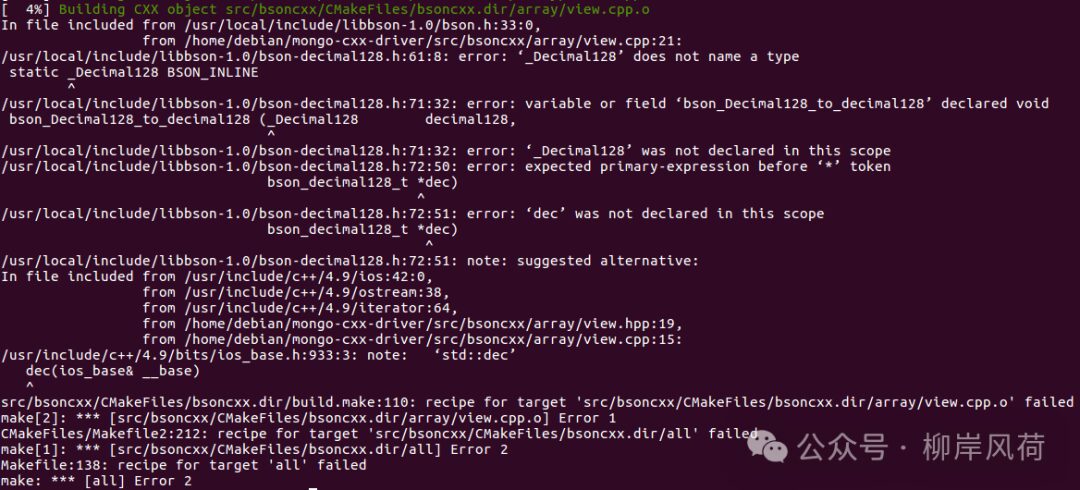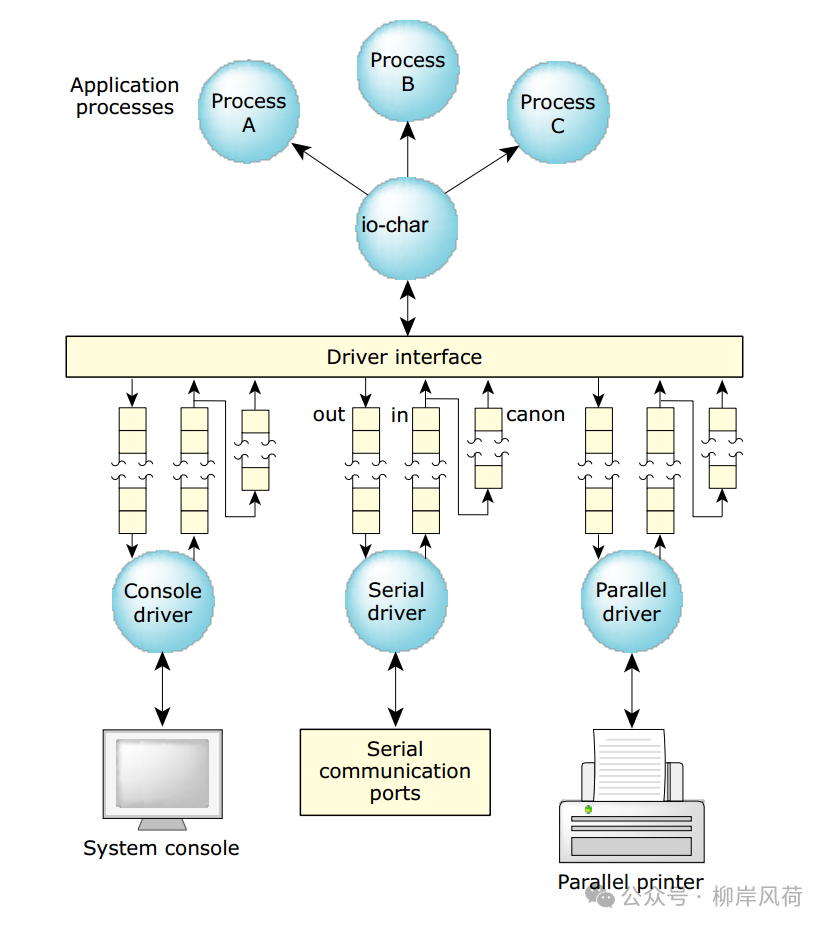1. Interrupts: The “Emergency Contact” Between Devices and Processors

In the complex operation of computer systems, interrupts are a crucial technology. Simply put, an interrupt is when the computer pauses the currently running program to execute a related service program upon encountering an urgent event that needs to be processed. Once completed, it automatically returns to the original program to continue execution; this entire process is called an interrupt.
For example, if we compare the computer’s processor to a busy “commander” focused on executing tasks, an external device (such as a keyboard, mouse, hard disk, etc.) or an internal system emergency arises, like a user suddenly pressing a key on the keyboard or a hard disk completing a data transfer that needs to report to the processor. In such cases, the interrupt acts as an “emergency contact signal,” swiftly notifying the “commander” to pause their current work and prioritize handling this urgent event.
From a functional perspective, interrupts play a vital role in computer systems. On one hand, they significantly enhance the efficiency of computer systems. The processor operates at lightning speed, while peripheral devices work relatively slowly, akin to the difference in speed between a tortoise and a hare. Through the interrupt mechanism, when peripheral devices need to exchange information with the processor, they simply send an interrupt request, allowing the processor to respond promptly and process accordingly. During periods when information exchange is not needed, the processor and peripheral devices can work independently in parallel, thus avoiding the processor being idle while waiting for peripheral devices, which greatly improves the utilization of system resources.
On the other hand, interrupts maintain the reliable and normal operation of the system. In modern computer systems, programmers cannot directly intervene and control the underlying operations of the machine; they must use the interrupt system to send requests to the operating system for intervention. For instance, the main memory often stores multiple programs and their respective memory spaces. During program execution, if an out-of-bounds access occurs, it may lead to chaos or severe consequences of mutual information destruction between programs. At this point, the memory management component monitors in real-time, and once it detects out-of-bounds access, it immediately sends an interrupt request to the processor. Upon receiving the request, the processor quickly takes protective measures to ensure system stability and data security.
Additionally, interrupts can meet the requirements for real-time processing. In real-time systems, various monitoring and control devices randomly send interrupt requests to the processor, which must respond and process them at any time. For example, in industrial automation control systems, sensors continuously monitor various parameters on the production line; upon detecting abnormalities, they immediately notify the processor through interrupts, prompting the processor to take appropriate control measures to ensure the smooth progress of production.
For device driver development, the importance of interrupts is self-evident. Device drivers serve as the bridge between the operating system and hardware devices, primarily responsible for managing and controlling various operations of hardware devices. In practical work, hardware devices frequently generate various events, such as the completion of data input/output or changes in device status, all of which require device driver programs to respond promptly. Without the interrupt mechanism, device driver programs would have to rely on polling, continuously checking device status to determine if any events have occurred. This method not only consumes a lot of CPU time, leading to a significant drop in system performance, but also results in very slow response times, failing to meet practical application needs. With the interrupt mechanism, hardware devices can actively send interrupt signals to the processor when events occur, allowing the device driver program to quickly execute the corresponding interrupt handling program upon receiving the interrupt signal, thus efficiently processing device events and greatly improving the system’s response speed and stability.
In summary, interrupts, as the “emergency contact” method between devices and processors in computer systems, play an irreplaceable role in improving system efficiency, maintaining system reliability, and meeting real-time processing requirements, and are also a crucial technology in device driver development.
2. Classification and Sources of Interrupts

(1) Hardware Interrupts
Hardware interrupts are interrupt signals triggered by hardware devices, intended to notify the CPU to pause the current program and execute the related handling program. Their triggering methods can be divided into level-triggered and edge-triggered. Level-triggered interrupts maintain the request signal at a specific level to indicate that the interrupt request is valid; edge-triggered interrupts indicate that the interrupt request is valid on the rising or falling edge of the signal.
Common hardware interrupt devices include keyboards, mice, timers, network cards, etc. For example, when a user presses a key on the keyboard, the keyboard controller sends a hardware interrupt signal to the CPU. Upon receiving the signal, the CPU pauses the current program and executes the keyboard interrupt handling program, which reads the corresponding scan code of the key and converts it into the corresponding character code, then passes it to the operating system for subsequent processing.
Similarly, for a network card, when a network data packet arrives, the network card sends an interrupt request to the CPU, which then responds to the interrupt and executes the network card interrupt handling program, reading the data packet from the network card buffer and passing it to the network protocol stack for processing.
(2) Software Interrupts
Software interrupts are actively triggered by software instructions, usually used to implement system calls, exception handling, and other functions. For example, in an operating system, an application program triggers a software interrupt by executing specific system call instructions to request services from the operating system, such as file reading and writing, or memory allocation.
When an application program needs to read a file, it calls the read system call, which triggers a software interrupt. After the CPU responds to the interrupt, it enters the interrupt handling program of the operating system kernel, which executes the corresponding file reading operation based on the parameters of the system call, reads data from the disk, and returns the data to the application program.
Additionally, when exceptions such as division by zero or illegal memory address access occur during program execution, a software interrupt is also triggered to allow the system to perform the corresponding error handling, ensuring the stability and safety of the program.